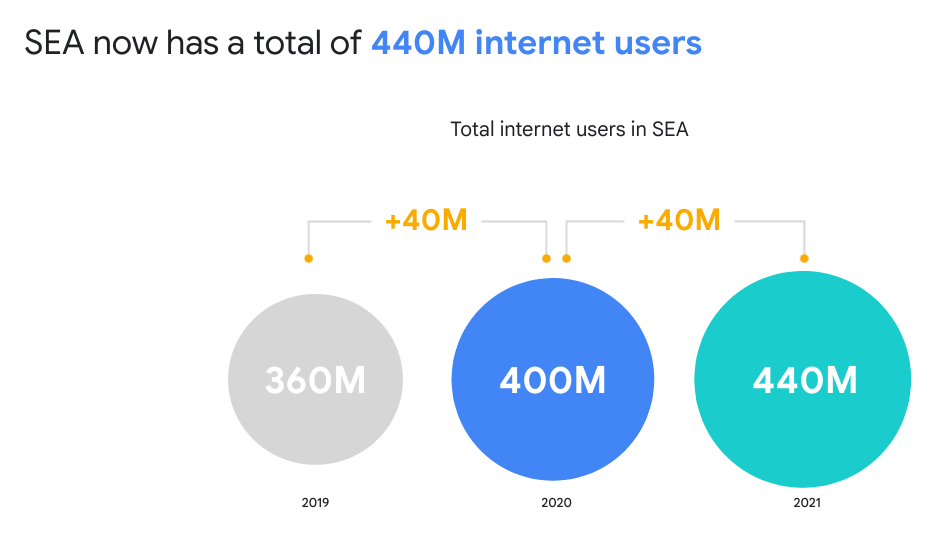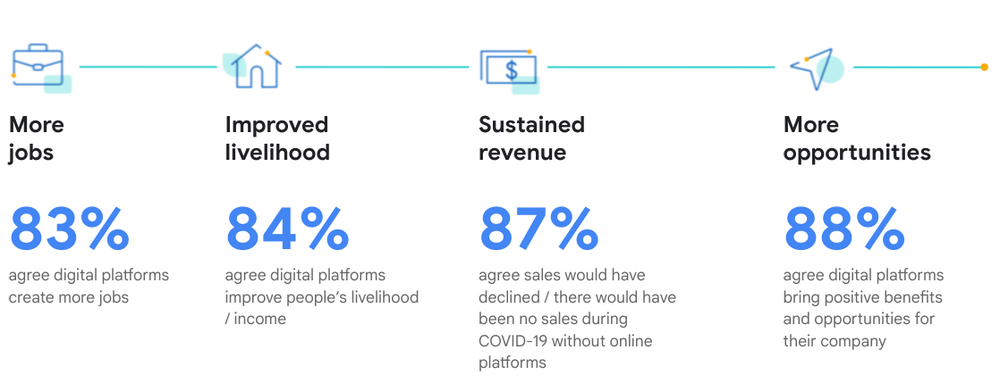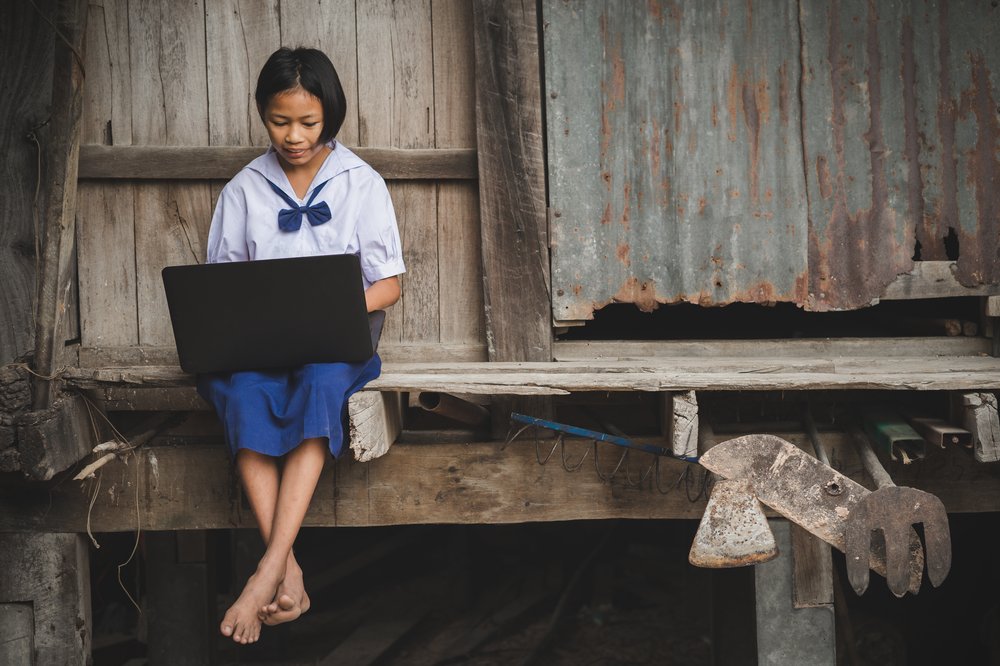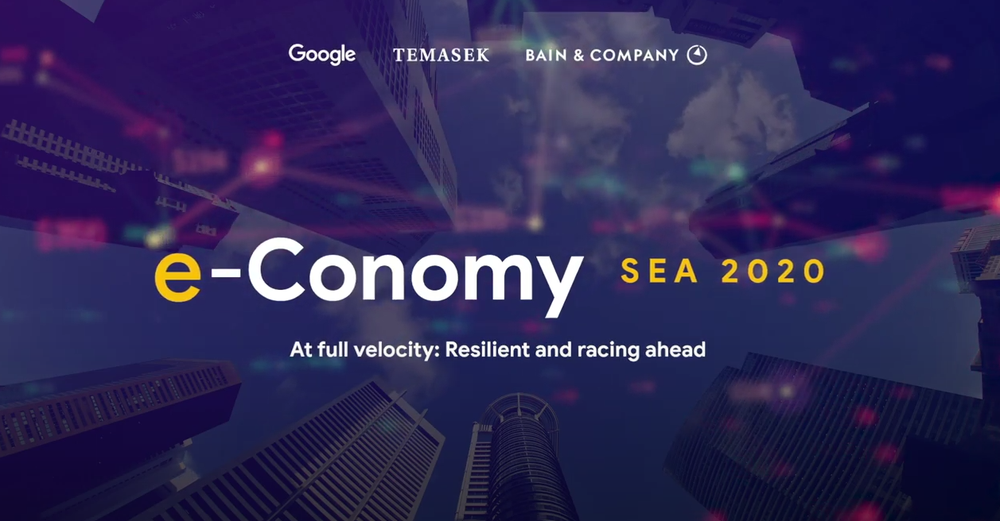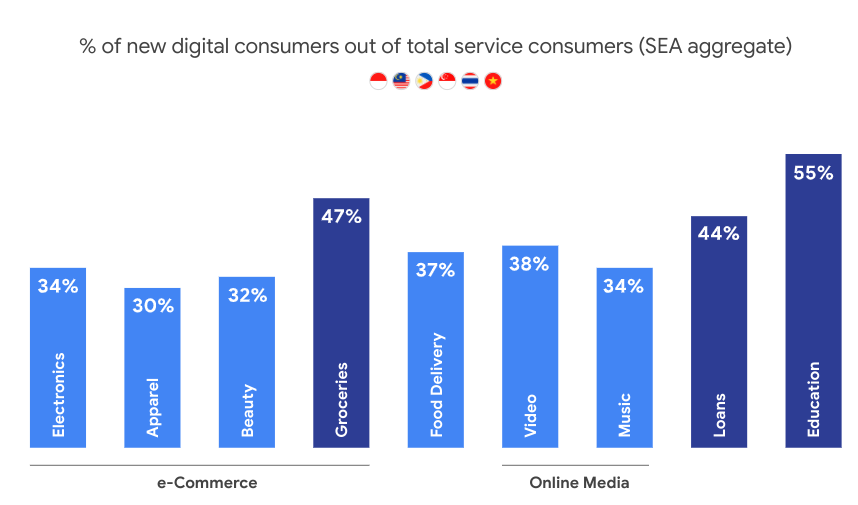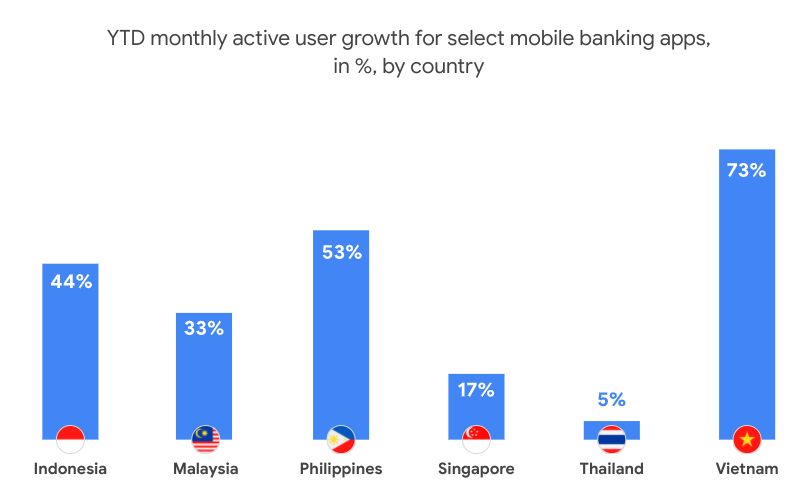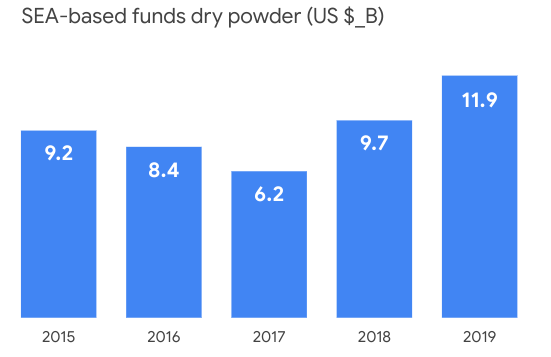The past few years have shown Southeast Asia’s incredible resilience, as people and businesses have come online – often for the first time – to find new ways of accomplishing what would previously have to be done in person. In 2022, we’ve seen that resilience again, with global economic headwinds rising just as the region began to emerge from the pandemic.
Despite the challenges, Southeast Asia’s digital economy continues to show its dynamism and strength. It’s expected to reach 20% growth in gross merchandise value (GMV) this year, heading towards US$200 billion in value. Encouragingly, as the lateste-Conomy SEA 2022 report confirms, the region is on track to hit that milestone three years earlier than we expected in our inaugural report in 2016.

Over the past three years, 100 million new internet users have come online. The accelerated adoption of digital services we saw during the pandemic is now slowing down as technology becomes an integral part of people’s lives – particularly in urban areas. Many digital businesses are shifting priorities from winning new customers to engaging more deeply with existing ones.
At the same time, there is plenty of room for the digital economy to grow, especially among suburban segments where digital services adoption is still relatively low.
With that in mind, here are the main highlights from the 2022 report:
Digital sectors are following different growth trajectories
E-commerce spiked significantly during the pandemic and continues to thrive, with GMV growing 16% year-over-year. The growth continues despite people partially returning to shopping in person and businesses focusing on driving profitability— for example, by reducing discounts and monetizing value-added services. Food delivery is back to its trendline after tripling through the pandemic, and is expected to reach 14% growth. Transport is looking towards a robust recovery – 43% year-over-year growth – but continues to encounter obstacles such as inflated fuel costs and workforce shortages. Travel is back and looking at a significant 115% growth, boosted by the opening of international borders. However, full recovery for the transport and travel sectors is expected to be gradual, and it will take some more time before they regain 2019 levels.
Digital Financial Services (DFS) continues to grow as a result of offline-to-online behavior shifts enduring post-pandemic, and we see winning business models emerge. Racing to capture different consumer segments, pureplay fintechs and consumer tech platforms are strengthening their position in the region, while established financial services accelerate digitalisation to compete with these newer players.
Tech investments are still going strong
Through the report, we also take a view into how investors in Southeast Asia's digital economy look at the growth and innovation coming from the region. Despite investors becoming more cautious in the current economic environment, tech funding maintained its strength during the first half of 2022, with a 13% growth in deal value from H1 2021 to H1 2022. Continuing the trend from the second half of 2021, DFS remained the top funded sector across Southeast Asia and overtook e-commerce as the region’s top investment sector. Emerging sectors hold promise in the digital decade, as over 80% of VCs expect that the focus in investments will increase in healthtech, SaaS and Web3.
However, a closer look at the investments also reveal that while early-stagers are flourishing, late-stage investments are impacted by dim IPO prospects. Going into the second half of the year, investors are adopting a more cautious wait-and-watch approach.
New enablers open the way towards a sustainable digital economy
Historically, digital economy enablers in Southeast Asia have included payments, funding, logistics, internet access, and consumer trust. We’ve seen significant progress in many areas but as the digital economy continues to scale, we need to broaden our targets to ensure the growth is sustainable and no one is left behind.
During the next two to three years, amidst the current macroeconomic climate, it’s clear that the path to profitability is an immediate priority for companies to maintain growth momentum. However, in the long run, digital inclusion and addressing growing environmental and social concerns will be key to success. It’s everyone’s shared responsibility to help achieve these goals – companies, customers, investors, and governments alike.

Amidst the global economic headwinds, Southeast Asia is showing just how resilient and adaptable it can be. Its fundamentals remain strong and the digital decade holds great promise: the region’s digital economy is expected to grow twice as fast as GDP in most countries through 2030, and could reach up to $1T if it succeeds in scaling sustainably and unlocking its full potential.

